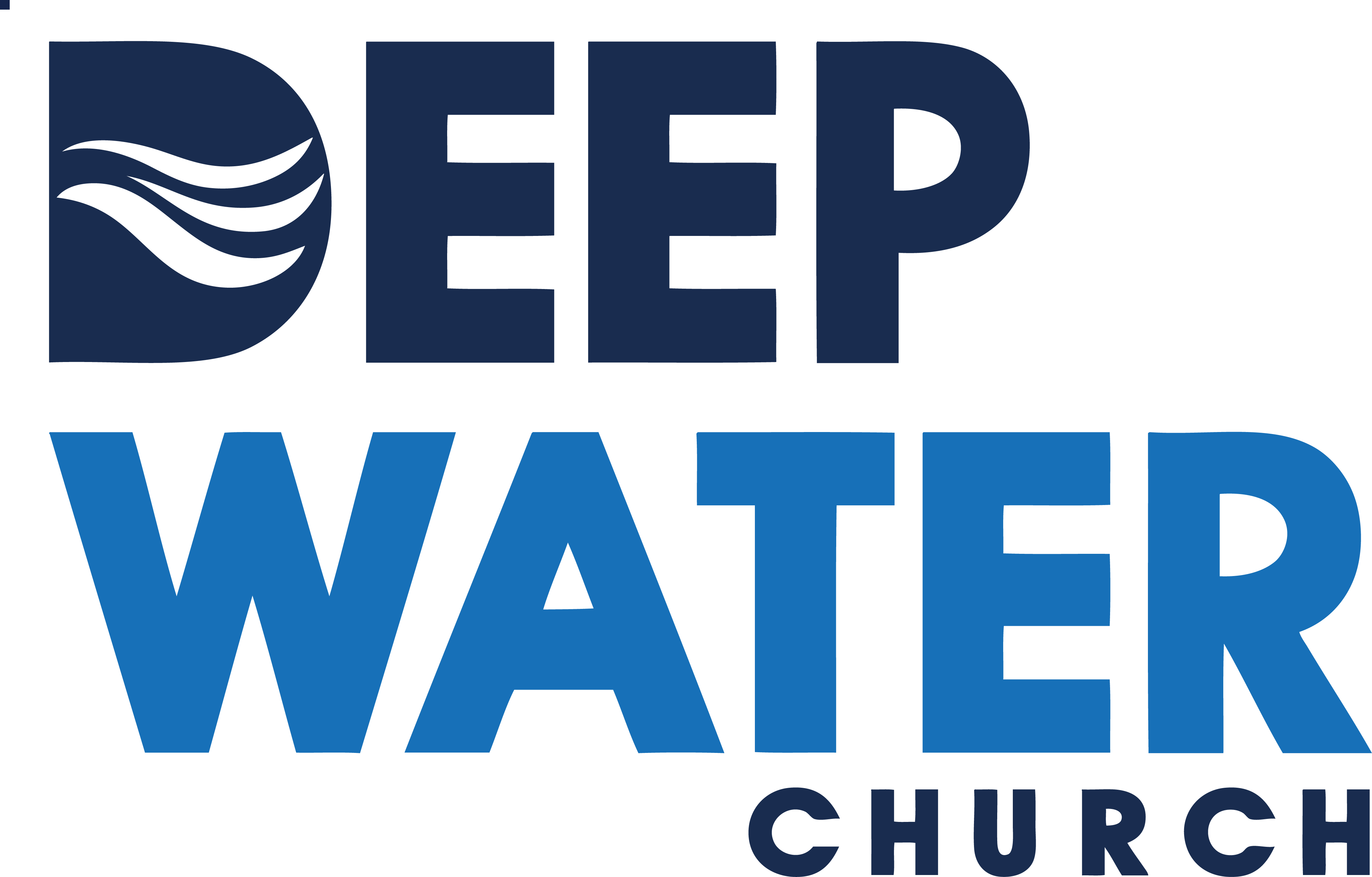In Bible study, many study tools are available. The right tool makes most jobs easier–and produces better results. Before we can move to interpretation, we need to use the right tools to fill in some information about our initial observations. When just starting out, don’t feel like you have to use every one of these resources below. This list is just to help you get familiar with what is out there so you know where to look for information when you need it. Of course, I would love to help you get started, so feel free to connect with me.
Here are a few helpful resources:
Resources
Bible: This, of course is our primary text. There are many different translations available. Many debate what the “best” translation is for today. There are some that are poor translations and purposely deceptive, but that is beyond the scope of this blog topic. While we may discuss this at some length later, at this point, the two I recommend the most are the NIV (New International Version) and NLT (New Living Translation). The ESV (English Standard Version) is also very reliable and recommended.
Concordance: This books allows one to look up a word in a particular translation. Then the student can see many or all (if the concordance is “exhaustive”) occurrences of that particular word in that translation. One can then easily read other verses in which the word is used. Often a short version of one of these is located in the back of many Bibles.
Bible Dictionaries: Much like a regular dictionary, this dictionary defines and explains people, places and concepts found in the Bible. There are many different ones that range from inexpensive to costly.
Word Study Dictionaries: This is a specialized dictionary that looks at the way the original words from the New Testament (written in Greek) or Old Testament (written in Hebrew) are used.
Commentaries: These books give an author’s comments on the text. Normally these contain a mix of both comments on facts and how they believe it’s best to interpret the text.
Study Bible: This is a Bible that contains a short commentary on most of the key verses. It often also has detailed maps, a more detailed concordance, articles and other study aids. Many people who are just starting to read the Bible and study it, find this to be the most helpful resource.
Many resources today are available online. Many times there are good books available for free, but often the free ones are not the best ones available today. New resources are continually being added to the web, so this list is not meant to be exhaustive. But here are a few to get you started:
Bibles, Commentaries & Other Resources
Bible Gateway Bible & IVP Commentary
YouVersion
Faithlife Study Bible
BibleMap.org
With the growing popularity of smart phones, there are also many apps available for phones and tablets. Here are a few apps to find in the app store for iOS or Android:
YouVersion
Logos
Faithlife Study Bible
The resource list here is in no way an exhaustive list of what can be found. Rather, it’s a list of resources that others I know have found useful in studying the Bible. If you find some others to be useful, comment below or contact me! There are also a lot of software packages for Bible Study. See me if you want to discuss them.
Assignment: Using your previous observations, find out more about the things you observed.
For example: One of my observations was that Mary was “at the Lord’s feet”
The Holman Christian Standard Bible and Faithlife Study Bible both comment that “at the Lord’s feet” was the posture of a committed disciple.
